
Check out my Book Series!

All my books have a thread of Catholicism running through them.
Ryan Mallardi Private Investigations
Jack Nolan Detective Series
Newport Vampire Stories Series
Author Marketing Website


All my books have a thread of Catholicism running through them.
Ryan Mallardi Private Investigations
Jack Nolan Detective Series
Newport Vampire Stories Series
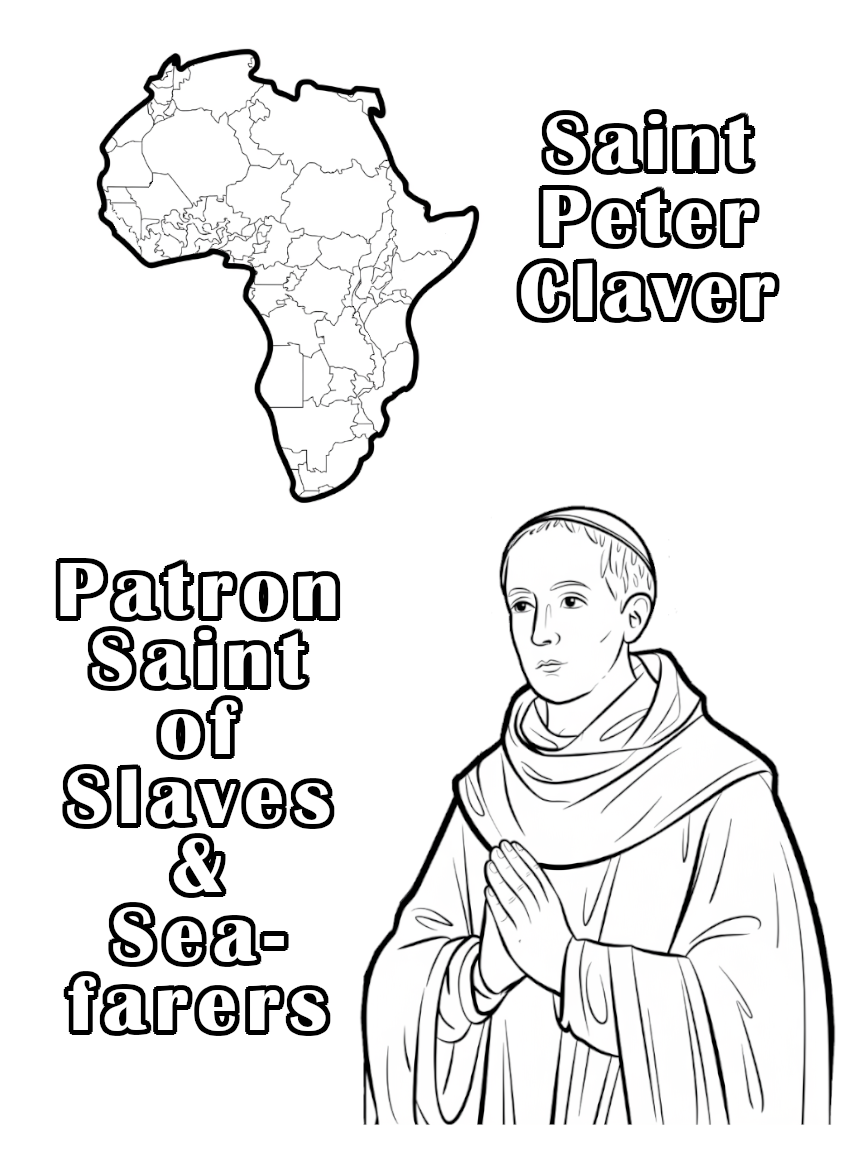

All my books have a thread of Catholicism running through them.
Ryan Mallardi Private Investigations
Jack Nolan Detective Series
Newport Vampire Stories Series
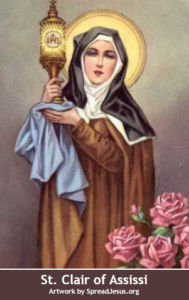 St. Clare of Assissi:
St. Clare of Assissi:QUICK FACTS ABOUT ST. CLARE:
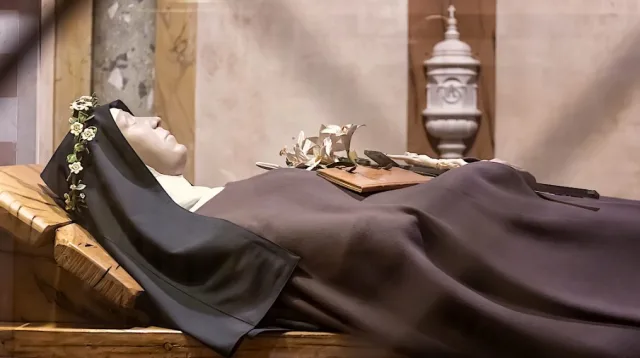
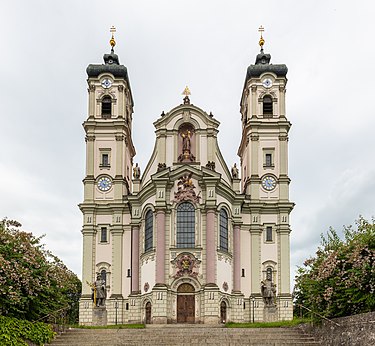
The Carolingian Renaissance was a period of cultural revival in Europe during the late 8th and 9th centuries. It was led by Charlemagne, the King of the Franks and Holy Roman Emperor, who sought to revive the learning and culture of the Roman Empire.
During the Carolingian Renaissance, there was a renewed interest in classical literature, philosophy, and science. Manuscripts were copied and preserved, usually by monks, and new schools were founded.
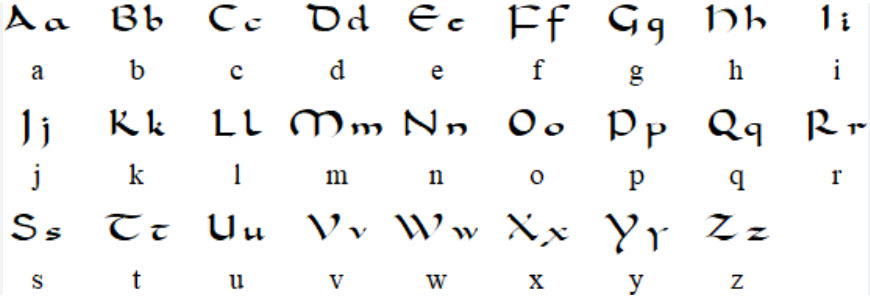 Carolingian minuscule or Caroline minuscule is a script which developed as a calligraphic standard in the medieval European period so that the Latin alphabet of Jerome's Vulgate Bible could be easily recognized by the literate class from one region to another. It is thought to have originated before AD 778 at the scriptorium of the Benedictine monks of Corbie Abbey, about 150 km (93 mi) north of Paris, and then developed by Alcuin of York for wide use in the Carolingian Renaissance
Carolingian minuscule or Caroline minuscule is a script which developed as a calligraphic standard in the medieval European period so that the Latin alphabet of Jerome's Vulgate Bible could be easily recognized by the literate class from one region to another. It is thought to have originated before AD 778 at the scriptorium of the Benedictine monks of Corbie Abbey, about 150 km (93 mi) north of Paris, and then developed by Alcuin of York for wide use in the Carolingian Renaissance
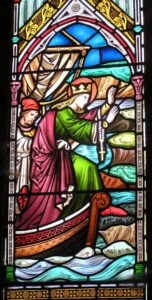 The Carolingian Renaissance also saw a flowering of art and architecture. New churches and palaces were built, and illuminated manuscripts were produced. Carolingian art was characterized by its use of geometric shapes, bright colors, and intricate designs.
The Carolingian Renaissance also saw a flowering of art and architecture. New churches and palaces were built, and illuminated manuscripts were produced. Carolingian art was characterized by its use of geometric shapes, bright colors, and intricate designs.
The Carolingian Renaissance had a lasting impact on European culture. It helped to preserve classical knowledge and to lay the foundations for the Renaissance of the 14th and 15th centuries.
Click the picture above or here and you will go to Google Drive to download the Coloring Page.

